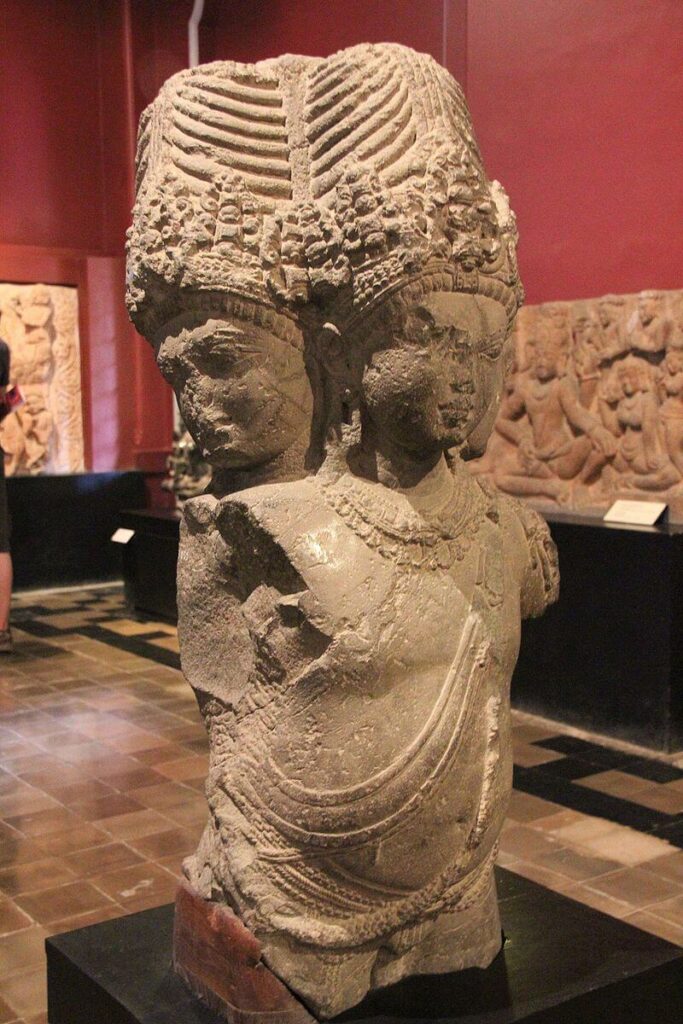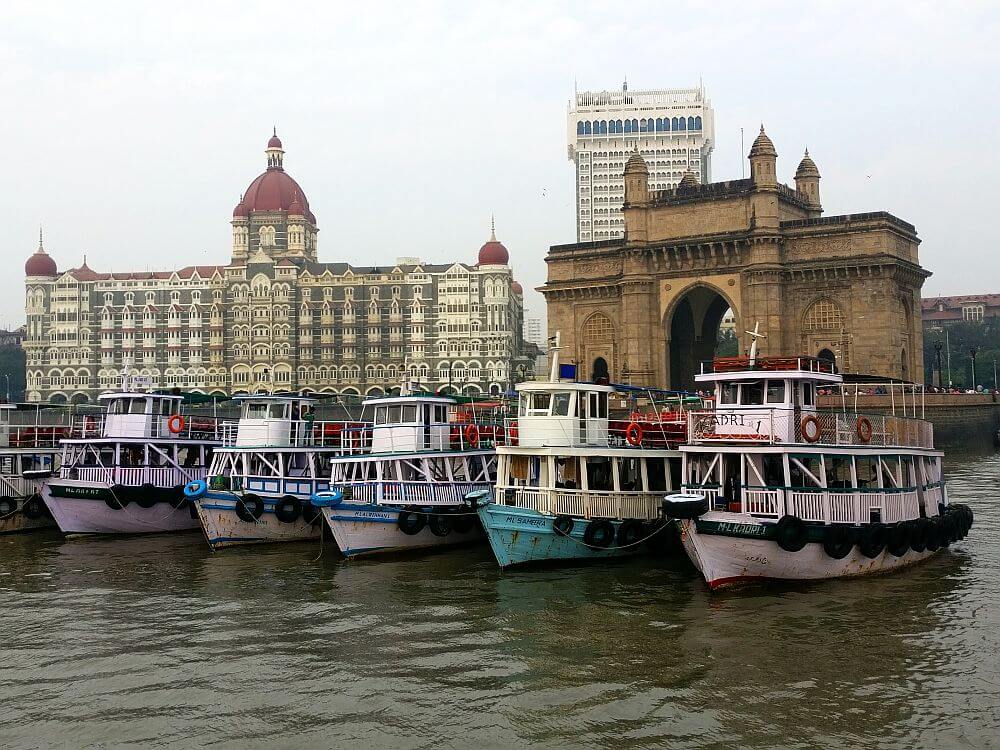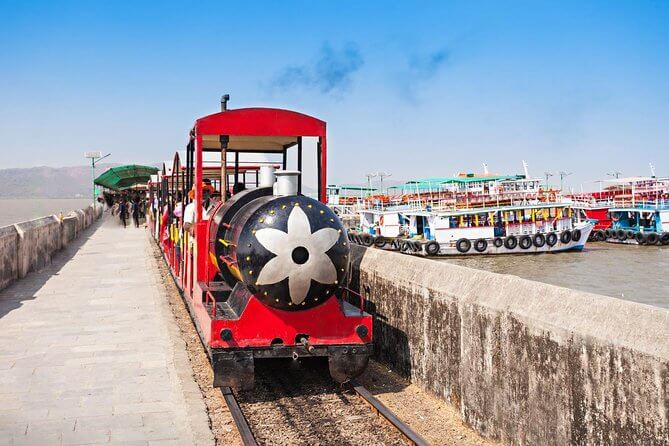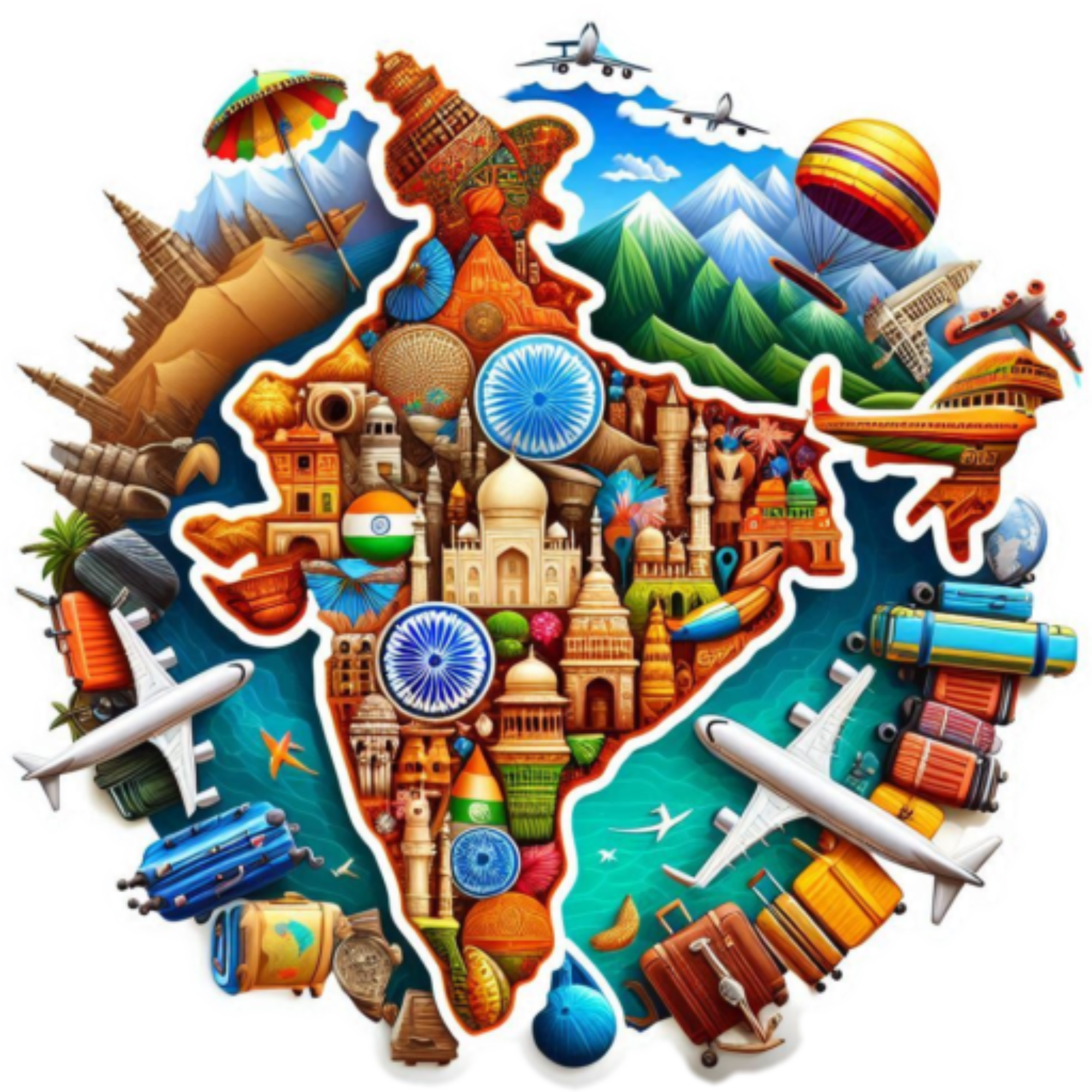One of the most fascinating historic destinations near Mumbai, just a short boat ride away, is Elephanta Caves. These ancient temples are a testament to India’s religious, architectural, and artistic heritage. These caves offer a unique glimpse into the spiritual and creative world of ancient India.
Whether you’re a history enthusiast, an architecture lover, or someone simply looking to explore a lesser-known side of Mumbai, Elephanta Caves are an essential part of your travel itinerary.
Here’s everything you need to know about Elephanta Caves, including how to get there, what to expect, and why it’s a must-see on your Mumbai adventure.
What are Elephanta Caves?
Elephanta Caves, also known as Gharapuri Island, is a complex of rock-cut temples and shrines located on Elephanta Island, about 11 kilometers (7 miles) from Mumbai. The island is named after a massive elephant sculpture that once stood at its entrance. While the elephant statue no longer remains in its original form, the island retains its charm with ancient carvings and religious significance.
The caves are believed to have been constructed between the 5th and 8th centuries AD and are the epitome of the Hindu cave culture which could be seen all over India.
The Elephanta Caves are mainly dedicated to Lord Shiva, one of the principal deities of Hinduism, and offer a fascinating insight into the religious practices of ancient India. Please read about Lord Shiva & his Spirituality here.

What is special about Elephanta Caves?

The Elephanta Caves are a UNESCO World Heritage Site, recognized for their exceptional cultural and historical value. The caves are not only important as an artistic legacy but also because they serve as a window into the religious life of early India. Scholars believe that the Elephanta Caves were developed by the Konkan Mauryas, a dynasty that ruled the region during the early centuries of the common era.
Elephanta Caves consist of two main sections: the Hindu Caves and the Buddhist Caves. While the Hindu caves are the most significant, containing intricate depictions of Shiva’s mythology and symbolism, there are also smaller Buddhist caves scattered throughout the island. This mixture of Hindu and Buddhist influence is a unique feature of Elephanta, highlighting the region’s religious diversity and tolerance.
The temples and sculptures within the caves represent a blend of religious devotion, artistic creativity, and architectural mastery that were characteristic of the period.
How to Get to the Elephanta Caves

Reaching Elephanta Caves is an adventure in itself, adding to the experience of exploring this historical site. The island is easily accessible by a short boat ride from the Gateway of India, one of Mumbai’s most iconic landmarks. The boats depart every 30 minutes from the Gateway of India and take about 1 hour to reach the island. The boat ride is scenic and offers a lovely view of the Mumbai skyline and the Arabian Sea.
Once on Elephanta Island, you’ll need to either walk or take a toy train to reach the caves. The walk to the caves is about 15-20 minutes, and it’s a pleasant stroll with shops selling local handicrafts and snacks along the way. If you prefer not to walk, the toy train ride is a fun option for getting up the hill.

The caves are located at the top of a hill, and visitors can either ascend on foot or via a series of stone steps. Be prepared for a bit of a climb, but the effort is well worth it once you reach the top and are greeted by the incredible carvings and temple structures.
What to Expect Inside the Elephanta Caves
There are several caves on Elephanta Island, but the main attraction is Cave 1, which is the largest and most impressive. This cave is famous for its massive sculptures, the most notable being the Trimurti, a 20-foot high relief carving of Lord Shiva in three forms: the creator, the preserver, and the destroyer. This majestic depiction of the Hindu trinity is one of the most iconic images of Indian art.
In addition to the Trimurti, the caves feature other impressive carvings, including the Nataraja (Lord Shiva in His cosmic pose), Ardhanarishvara (a depiction of Shiva as half-male, half-female), and several other mythological stories about Shiva’s life. These carvings are finely detailed and offer a glimpse into the spiritual symbolism that was important to the people of ancient India.
Cave 2 is dedicated to Lord Shiva’s consort, Parvati, and contains less ornate but equally significant sculptures. This cave is quieter and often less crowded, making it a peaceful spot to contemplate and take in the artistry.
Other caves on the island are smaller, and while not as elaborately carved as the main ones, they still hold historical and archaeological value.
Tips for the Tourists Visiting the Elephanta Caves
Best Season to Visit Elephanta Caves
The best time to visit is between November and February when the average temperature is 25°C (77 °F), and the weather is pleasant and ideal for sightseeing.
One should avoid the monsoon season (June to September), which can be difficult for travel to the island. At that time of the year, the precipitation levels are extremely high, it rains almost every day and the sea is rough. Due to all this, the boat rides may be delayed or cancelled.
Best Time to Visit the Elephanta Caves
Visit early in the day to avoid the crowds, especially if you prefer a peaceful experience. Weekdays are generally less crowded than weekends, so plan accordingly.
Dress Comfortably
As you’ll be walking and climbing, wear light and comfortable cotton clothes. The climb to the caves involves stone steps, so it’s best to wear sturdy footwear.
Carry Cash
The island is not as well-connected as Mumbai, so bring cash for tickets, snacks, or souvenirs. While some vendors may accept cards, cash is more reliable. Carry a change of 5, 10 and 20 rupee denominations.
Cost of traveling to the Elephanta Caves
The ticket prices for the Elephanta Caves are as follows:
For Indian citizens and visitors from SAARC countries: ₹40 per person
For international tourists: ₹600 per person
In addition to the entry fee, there is also a ferry cost to reach Elephanta Island, which is typically around ₹160-₹220 for a round-trip ferry from the Gateway of India, Mumbai. This cost is separate from the entry fee for the caves.
These prices may vary slightly depending on the specific ferry operators or tour services you choose.
Guides and Audio Guides at the Elephanta Caves
Hiring a local guide or using an audio guide can upgrade the experience by getting detailed information about the history and symbolism of the caves. This is especially useful for understanding the intricate carvings and religious significance. Local guides are available at the cave entrance, offering insightful tours in various languages, including English. These guides are well-versed in the history, religious significance, and intricate carvings of the caves, providing an enriching narrative for visitors. For those who prefer a self-paced experience, audio guides are also available, often included in entry packages or rented on-site. The audio guides are informative and easy to follow, offering a detailed exploration of the caves’ artwork and cultural heritage.
Amenities at the Elephanta Caves
There are only a few basic facilities on the island, including some food vendors and a small museum near the caves. It’s a good idea to bring water and snacks for the journey.
Why You Should Visit the Elephanta Caves
Visiting Elephanta Caves is more than just a sightseeing trip—it’s an immersive journey into the spiritual and artistic heart of ancient India. For international tourists, it offers a unique opportunity to explore a UNESCO World Heritage site that is often overshadowed by Mumbai’s more famous landmarks.
So, if you’re planning a visit to Mumbai, make sure Elephanta Caves are on your list. It’s a short boat ride away from the city, but a journey back in time, offering a fascinating glimpse into the rich cultural legacy of India.




